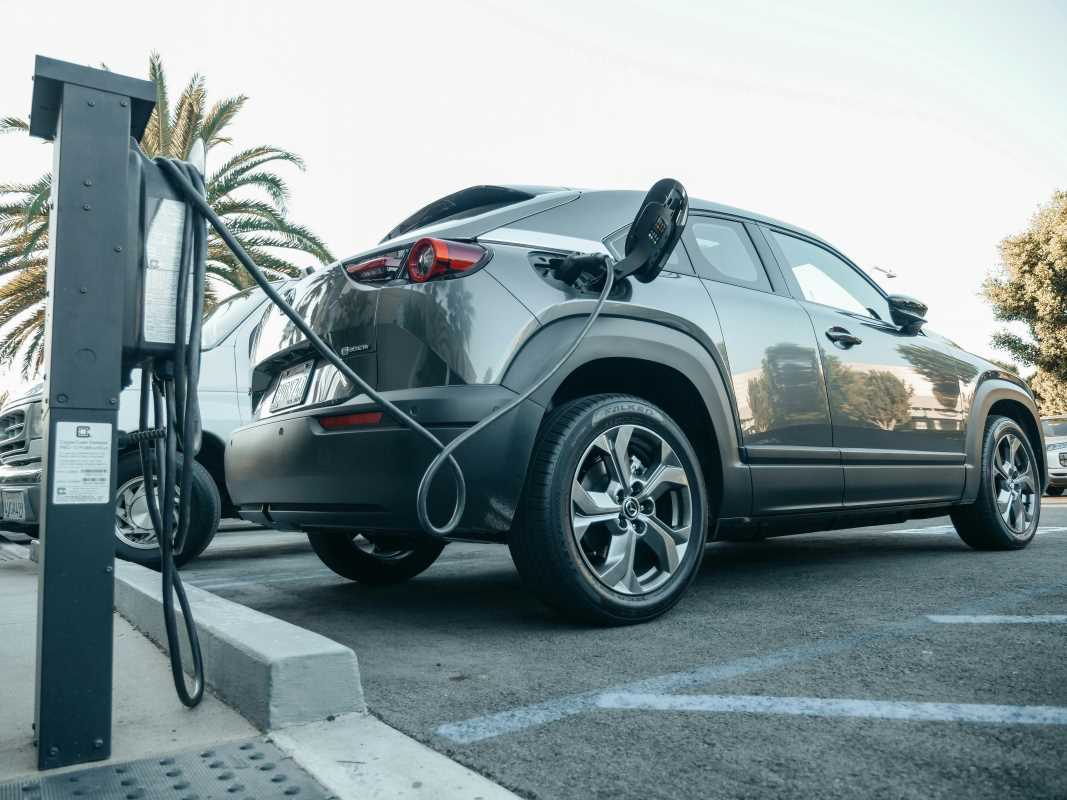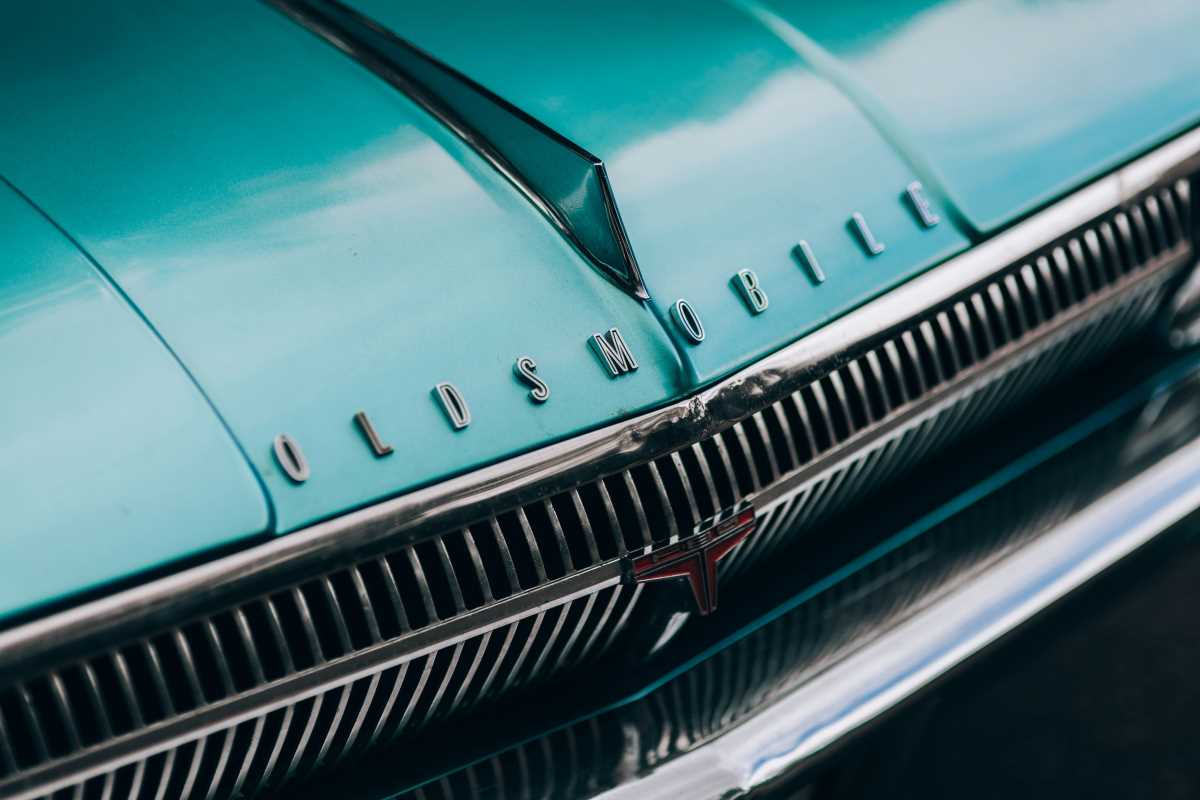When it comes to used cars, "mileage" is the word that hovers like a neon sign in the minds of buyers and sellers alike. Mileage, or the number of miles a car has traveled, is often the first thing people check when considering a secondhand vehicle. But why is that?
And how exactly does mileage influence both the value and the future lifespan of a car? Spoiler alert: It’s not as simple as “high miles, bad car.” Mileage weaves a far more intricate tale, and in this guide, we’re going to unravel every bit of it.
The Tale of High Miles Versus Low Miles
Mileage is one of the most visible indicators of how much a car has been used, which is why it’s at the top of the checklist for used car shoppers. But not all miles are created equal. A car with 100,000 highway miles may well be in better condition than one with 50,000 miles clocked up in stop-and-go city traffic. Confused? Don’t worry. Here’s why context is key.
Highway miles are generally easier on a vehicle’s mechanical systems because they involve consistent speeds with fewer stops, starts, and gear changes. City miles? That’s a grind on brakes, tires, and transmissions, not to mention the engine, which feels like it’s enrolled in a 24/7 marathon. If you’re buying used, don’t just look at the odometer. Ask about the car's driving history to uncover the full story.
Knowing this nuance can transform how you view mileage. While lower mileage often translates to less wear, it’s not the only factor determining a car’s value or condition.
The Depreciation Dance
Mileage plays a starring role in the dance of depreciation. From the moment a brand-new car leaves the dealership, it starts losing value. And every mile added to the odometer chips away at its worth. For car sellers, this is mildly heartbreaking. For buyers, it’s a money-saving miracle.
On average, cars lose about 20% of their value in the first year alone. After five years, they might lose more than half. Of course, high mileage hastens this process. Buyers often view higher mileage as synonymous with mechanical issues, even if the car is perfectly healthy. This perception affects resale value significantly.
Here’s a tip for sellers navigating this depreciation dilemma. Stay on top of maintenance and keep a tidy history of service records. A well-documented history of oil changes, brake replacements, and tune-ups can soften the blow of a higher odometer reading for buyers and help justify your asking price.
Mileage as a Predictor of Repairs and Upkeep
Mileage tells a story of wear and tear. Of course, all cars age, and even the most reliable ones eventually need repairs. But mileage often acts as a sort of countdown clock for certain costs that are bound to pop up along the way.
For instance:
- Around 30,000-40,000 miles, you’ll likely start replacing tires and brake pads.
- Once you hit 60,000-100,000 miles, you might encounter timing belt replacements or transmission servicing.
- Over 100,000 miles, the likelihood of things like suspension work or major engine repairs increases.
The trick here is understanding that proper maintenance can extend a car's life even after the "repair milestone" odometer figures. A car that’s babied with regular servicing can last well past 200,000 miles. Neglect it, and you’ll find yourself parting with it much sooner than expected.
Not All Miles Are Bad Miles
Car mileage has an unavoidable psychological effect on buyers. The closer that odometer creeps toward six figures, the more potential buyers start looking the other way. But guess what? Most modern cars are built to weather significantly higher mileages than their 20th-century counterparts. Gone are the days when 100,000 miles was a death sentence.
Many top brands, including Toyota, Honda, and Subaru, have built reputations on models that can waltz well beyond 200,000 miles with just regular TLC. For some buyers, these high-mileage vehicles offer tremendous value. Why? They’re often priced thousands of dollars cheaper than low-mileage alternatives yet still function just fine for years of commuting or family road trips.
The next time you see a vehicle with a high odometer reading, don’t be too quick to dismiss it. Consider its maintenance history, the quality of its make and model, and even how the miles were put on. What you might uncover is a hidden gem.
The Balance Between Value and Longevity
This brings us to the eternal used-car question: What’s the mileage sweet spot? For many buyers, finding that balance between value and longevity is the holy grail. Too low, and the price might feel too steep. Too high, and you’re worried the car might run into trouble sooner rather than later.
Some experts recommend aiming for vehicles with moderate mileage that falls within the 10,000–15,000 miles per year range. For a five-year-old car, that would be somewhere between 50,000 and 75,000 miles. These cars often strike the best balance between price and expected lifespan. They’ve proven their reliability thus far but haven’t yet hit those wear-and-tear milestones where repairs tend to pile up.
And don’t forget about context. A low-mileage car left sitting in a garage for years may not be in better condition than a moderately driven one. Idle cars often develop flat spots on tires, battery issues, or even rust. Who knew low activity could be such a high-risk factor?
Making Mileage Work for Your Goals
Whether you’re buying or selling, mileage can work to your advantage if you know how to approach it. For sellers, it’s about presentation. Highlighting a car's strong maintenance record, minimal wear, or highway-heavy usage can help justify its asking price. For buyers, mileage is more about negotiation power. Use it to haggle, but remember that it shouldn’t be a dealbreaker if the car is otherwise solid.
Mileage also impacts your long-term planning. Buying a car with slightly higher mileage at a lower upfront cost can free up money for maintenance or repairs down the line. Conversely, purchasing a low-mileage vehicle might allow you to delay major expenses for a few extra years. It’s all about your preferences and financial strategies.
Final Thoughts on Miles and Smiles
Mileage is one of the most misunderstood aspects of car buying, but once you strip away the myths and misconceptions, it’s easier to make confident decisions. Rather than viewing an odometer reading as a verdict, think of it as one chapter in a car’s story. Mileage can tell you a lot about where a car has been, but it’s not the only clue about where it’s headed.
When considering the value and longevity of a used vehicle, balance out mileage with other factors like brand reputation, maintenance history, and how the car feels during a test drive. Remember, great cars can come in all shapes, sizes, and yes, even mileages.
If you approach the process with the right mindset and a bit of savvy, you'll find a car that keeps you smiling for miles to come.







